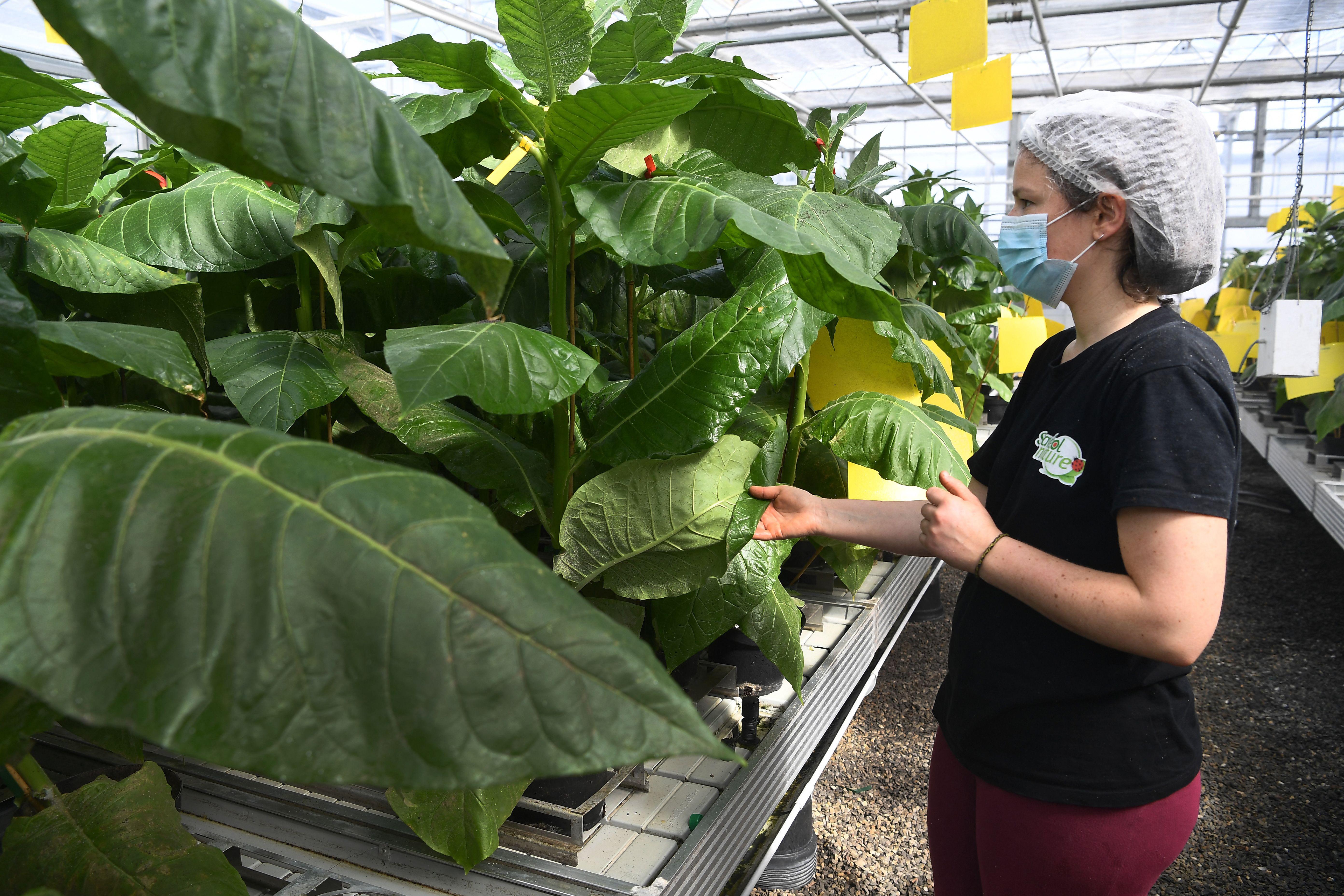H.I.V. Vaccine Advances

What’s the Latest Development?
New technology developed at M.I.T. could make it easier to build an H.I.V. vaccine by effectively monitoring T cells, key components in the immune system: “First, the researchers place single T cells taken from HIV-infected patients into tiny wells on a plate, where they are exposed to HIV-infected cells. The researchers can detect whether the T cells kill the infected cells with probes that glow when the dying cells’ nuclei become compromised.” The results are highly specific; researchers will know how each individual T cell reacted to the virus.
What’s the Big Idea?
To date, one of the major obstacles in building and monitoring an H.I.V. vaccine has been the difficulty in measuring how well T cells are primed by a vaccine to attack the virus. By better monitoring T cells, M.I.T.’s new method could make it easier to monitor and design vaccines against H.I.V. “The appeal of this technology is that it can help us understand more about what’s going on in single cells,” says Alan Landay, professor of immunology and microbiology at Rush Medical College.





